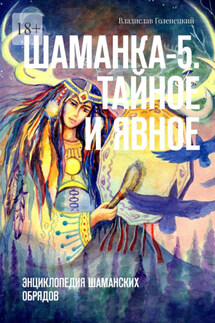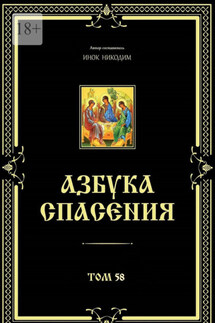Нигерия: народы и проблемы - страница 16
But the outstanding feature of the day approaches. It is ten o’clock, and the procession from Kofena hill is winding its way back again to the city. Here the Emir will arrive in state after the performance of his religious devoirs, and will address his people. Here, in the great open square flanking the mosque, the district chiefs and notables will charge down upon him in the traditional “jaffi,” or mounted salute. As we enter the gates of the city, after a two miles canter from the Residency down a long and dusty road, we find almost deserted streets. Every one is congregating in the square. Soon we enter into it, to see a vast concourse of people clothed in white and blue. They form a living foreground to the walls on either side of the Emir’s residence, which stands at one extremity of the square. Around the mosque, on the left, they are as thick as bees, and, opposite the mosque, some broken hillocky ground is covered with a multitude. At its further extremity the square narrows into the road leading through the city to Kofena, and towards the opening of this road as it debouches into the square all eyes are directed. The brilliant sun of tropical Africa smites downwards, giving a hard line to lights and shadows, and throwing everything into bold relief. With the exception of a few denationalised Hausa wives of our own soldiers, the crowd is exclusively one of men and youths, for, according to custom, the women will not put in an appearance until later in the day. We three White men,—the Resident, much respected, and wise with the wisdom which comes of long years of experience of this fascinating country, and with a knowledge of Mohammedan law which fills the wisest mallams with astonishment—his assistant, and the writer take our stand on the right of the Emir’s residence. Behind us a few mounted men in gallant array, and immediately on our left a charming group of the Emir’s sons, or some of them, in costly robes of satin. One little fellow, eight years old, perhaps, with a light olive complexion, glances rather bored looks from under a snow-white turban. Another rather bigger boy, clad in dark yellow satin, is an imposing figure.
A deep “Ah” comes from the throats of the assembled thousands as the blare of trumpets resounds faintly in the distance, and a cloud of dust rises from the road. From out of it there emerge a dozen horsemen charging down the square at break-neck speed, their right arms raised, their multi-coloured robes flying out behind them. With a shout they rein up their steeds in front of the Emir’s residence, then wheel swiftly, and are off again whence they came—the avant-garde of the procession. The sound of drums and trumpets gets louder. The head of the procession comes in sight, or, to be more accurate, the dust solidifies itself into a compact mass, flashing and glittering with a thousand shades. First, many hundreds walking on foot, who, as they enter the square, deploy right and left and mingle with the waiting crowd. Behind them more horsemen detach themselves and gallop towards us, backwards and forwards. Each man is dressed according to his own particular fancy. Some in red, some in blue, some in white, some in green, others in vivid yellows, but most of them, it would seem, wearing half a dozen different colours at the same time, both as to robes and turbans. Their leather boots, thrust into shovel-headed stirrups, are embroidered with red and green; their saddle-cloths and bridles are also richly embroidered and tasselled. The majority, we observe, wear long cross-handled swords in leather scabbards. Some carry thin spears in their hands; one fierce-looking warrior a battle-axe. He seems to have stepped out of the Middle Ages does this particular chief, his horse wearing a metalled protection as in the old days of the Crusaders. But the heart of the procession, moving up slowly, puts an end to these evolutions, and the horsemen range themselves up on either side of the Emir’s residence, their gallant beasts, curvetting and prancing as the “Ah” of the crowd changes into a great roar of sound. As a trial of patience I commend the effort to take a photograph over the ears of a horse who is making strenuous efforts to stand up on its hind legs, while a fine and smarting white dust rises in clouds, entering eyes and mouth, and all round you are people in a fine frenzy of excitement, mingled with apprehension, lest your mount takes it into his head to ride amuck in the midst of them, which he has every appearance of wishing to do.






